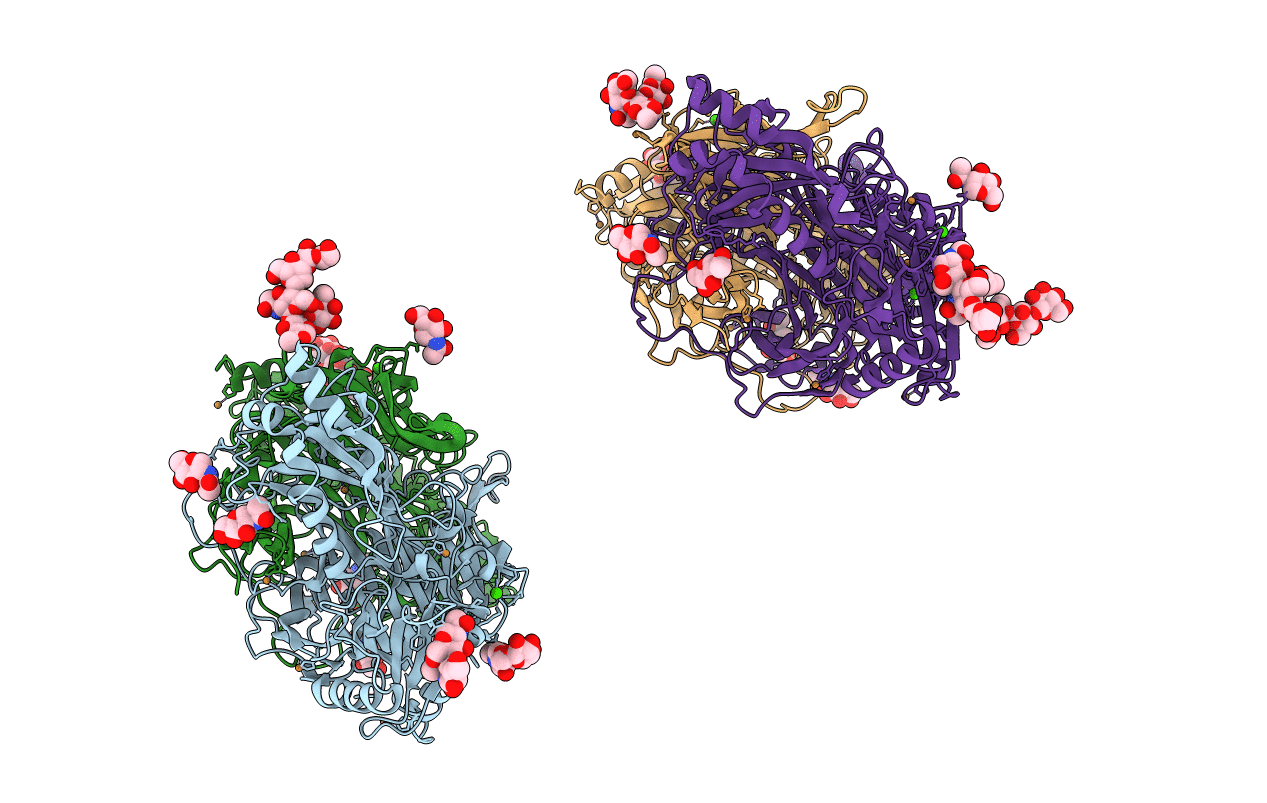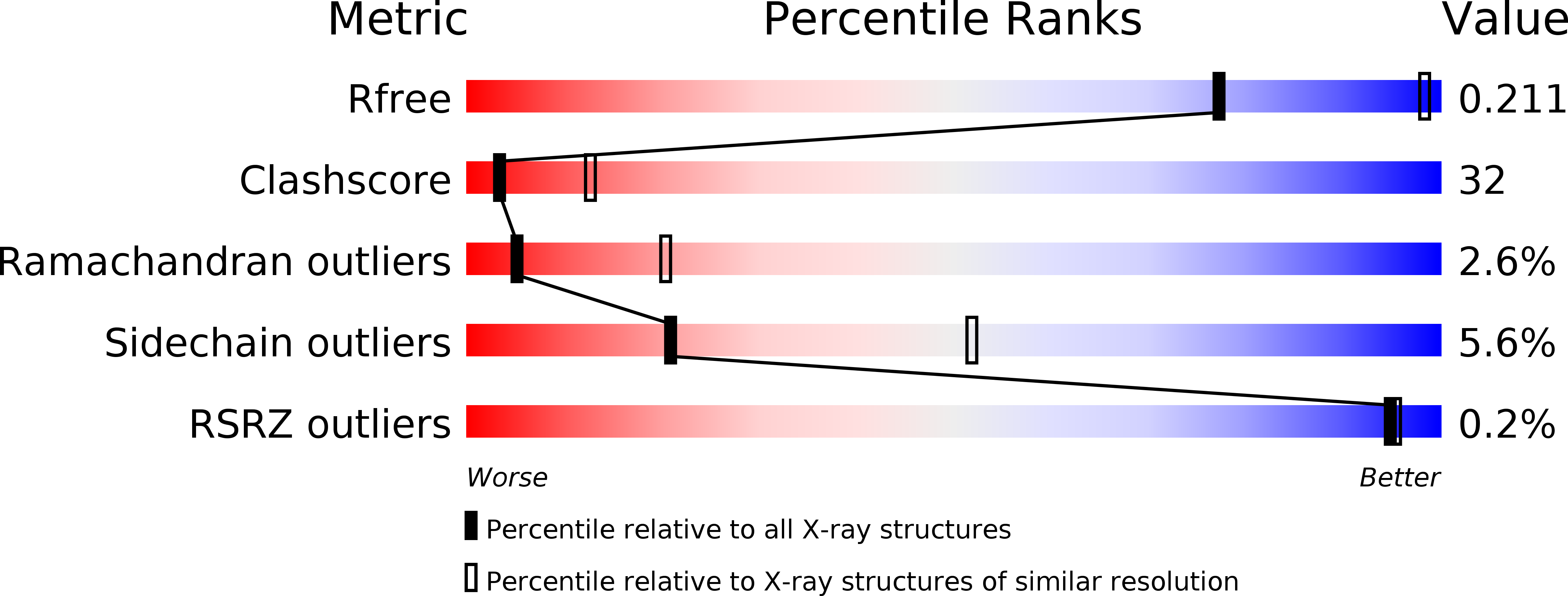
Deposition Date
2005-09-09
Release Date
2006-09-20
Last Version Date
2024-10-23
Entry Detail
PDB ID:
2C11
Keywords:
Title:
Crystal structure of the 2-hydrazinopyridine of semicarbazide- sensitive amine oxidase
Biological Source:
Source Organism:
HOMO SAPIENS (Taxon ID: 9606)
Host Organism:
Method Details:
Experimental Method:
Resolution:
2.90 Å
R-Value Free:
0.27
R-Value Work:
0.21
R-Value Observed:
0.21
Space Group:
P 43


